Ketcap Manis: The Sweet & Spicy Secret Behind Indonesian Flavors
If you’ve ever taken a bite of gado-gado, savored the umami punch in a bowl of bakso, or marinated chicken for ayam bakar, chances are you’ve encountered the magic of ketcap manis. But what exactly is this sweet, sticky sauce that plays second fiddle to no flavor? Let’s dive deep into the world of ketcap manis — from its origins to how it can upgrade your home cooking.
Table of Contents
- What Is Ketcap Manis?
- A Spoonful of History
- The Flavor Profile: Sweet, Savory, and Just a Hint of Spice
- 5 Creative Ways to Use Ketcap Manis in Your Kitchen
- Buying Guide: How to Choose the Best Ketcap Manis
- Tasty Recipes Featuring Ketcap Manis
- Storage Tips: Keep It Sticky, Not Funky
- Final Thoughts
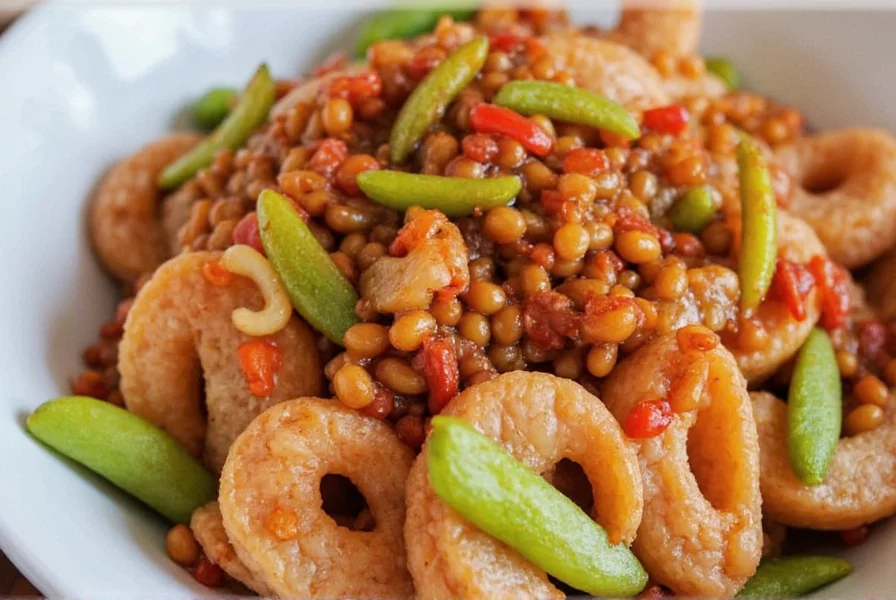
What Is Ketcap Manis?
In Indonesia, the word "manis" means sweet. So when you hear ketcap manis, you’re dealing with a sweetened soy sauce-like condiment that's thick, dark, and packed with flavor. Unlike regular soy sauce, which leans salty and thin, ketcap manis has a syrupy texture and a complex taste profile that balances sweetness, umami, and just a touch of heat.
The Difference Between Ketcap Manis and Regular Soy Sauce
| Feature | Ketcap Manis | Regular Soy Sauce |
|---|---|---|
| Taste | Sweet, savory, slightly spicy | Salty, savory |
| Texture | Thick, syrupy | Thin, watery |
| Main Ingredients | Black soy sauce, palm sugar, spices | Brewed soybeans, wheat, salt |
| Common Uses | Marinades, dipping sauces, stir-fries | Seasoning, dipping, soups |
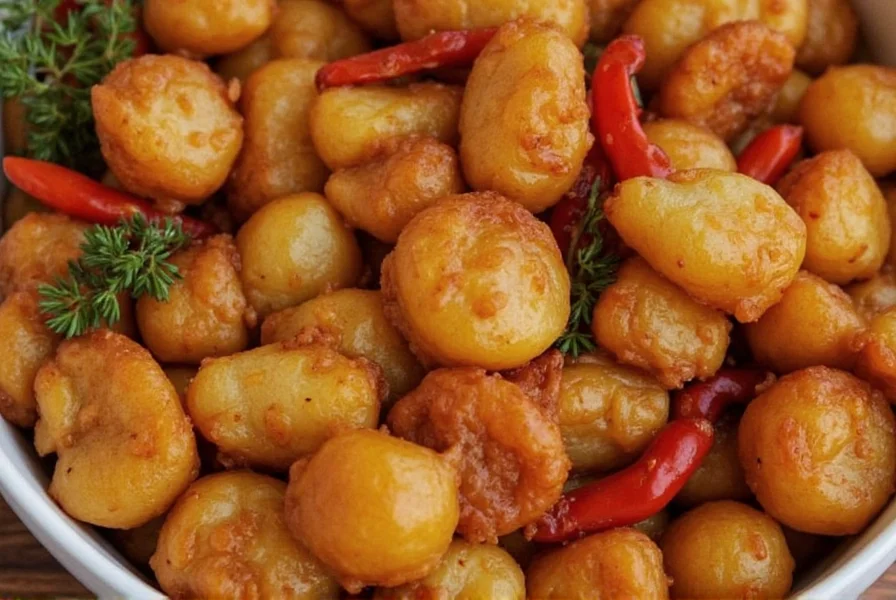
A Spoonful of History
Ketcap manis isn’t just a modern invention; it’s steeped in centuries of culinary evolution. Originally influenced by Chinese soy sauce, it took on a uniquely Indonesian twist with the addition of local ingredients like palm sugar and aromatic spices such as clove and cinnamon. This fusion gave rise to a sauce that could stand alone as a flavor bomb or play nice with other ingredients.
Regional Variations
While most ketcap manis follows a general formula, different regions in Indonesia have their own interpretations:
- Jakarta Style: Richer, more molasses-like texture.
- Central Java: Lighter and slightly tangy.
- East Java: Bolder spice kick, often used in grilled dishes.
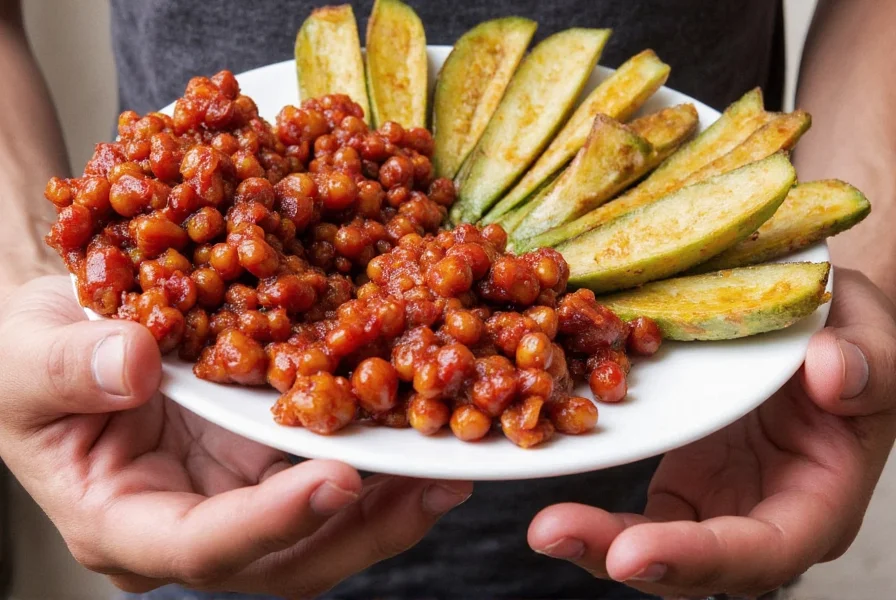
The Flavor Profile: Sweet, Savory, and Just a Hint of Spice
Let’s break down the flavor wheel of ketcap manis because trust us, it’s more than just sweet soy sauce:
- Sweetness: Thanks to palm sugar, which gives it a caramelized depth not found in refined sugars.
- Umami: Derived from fermented black soy sauce, it brings a meaty richness.
- Spice: Often includes a subtle kick from ginger, chili, or nutmeg.
- Aroma: Complex and earthy, with hints of cloves and cinnamon.
How Does It Compare to Other Condiments?
| Condiment | Ketcap Manis | Hoisin Sauce | Oyster Sauce |
|---|---|---|---|
| Taste | Sweet + Umami + Spice | Sweet + Salty + Tarry | Savory + Briny + Sweet |
| Best For | Grilled meats, marinades, satay | Peking duck, spring rolls | Stir-fries, veggies |
| Thickness | Very Thick | Moderately Thick | Thicker |

5 Creative Ways to Use Ketcap Manis in Your Kitchen
- Make Your Own Satay Dipping Sauce: Mix ketcap manis with crushed peanuts, lime juice, and a dash of chili paste. Boom — instant satay heaven!
- Glaze Grilled Meats: Brush onto skewers during the last few minutes of grilling for a glossy, caramelized finish.
- Dress Up Fried Rice: Add a tablespoon to fried rice for an umami boost that rivals soy sauce but with more complexity.
- Upgrade Burger Sauces: Combine with mayo, garlic powder, and a splash of sriracha for a unique burger spread.
- Create Fusion Marinades: Mix with honey, soy sauce, and five-spice powder for a killer teriyaki-style glaze.
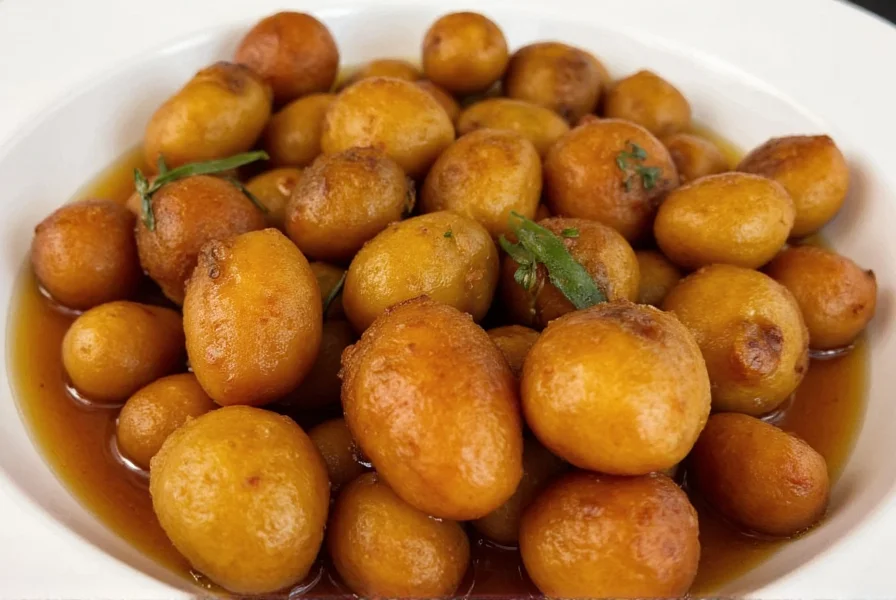
Buying Guide: How to Choose the Best Ketcap Manis
With so many brands on the market, picking the right bottle of ketcap manis can feel overwhelming. Here’s how to decode labels and find the real deal:
Top Brands & Their Features
| Brand | Flavor Notes | Consistency | Use Case |
|---|---|---|---|
| Bango | Rich, balanced sweetness with mild spice | Medium-thick | Great for everyday cooking |
| ABC | Strong palm sugar presence, slightly smoky | Thick, syrupy | Ideal for marinades and dips |
| Heinz Kecap Manis | Mild, easygoing flavor | Runny | Good for beginners or quick stir-fries |
| Lee Kum Kee (Imported) | Slightly less sweet, more umami-forward | Thick | Perfect for chefs or serious cooks |
What to Look For
- No Corn Syrup: Real ketcap uses palm sugar only.
- Ingredients List Shorter Than 8 Items: Avoid artificial preservatives if possible.
- Dark Color Without Artificial Dyes: Natural fermentation = darker color.
- Variants With Chili: If you love heat, go for the "pedas" version.
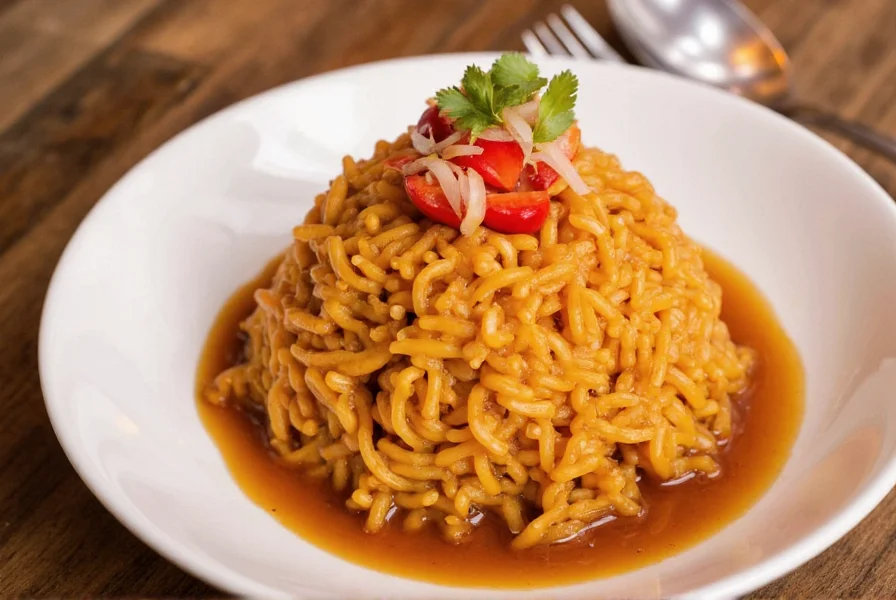
Tasty Recipes Featuring Ketcap Manis
Ready to get cooking? Try these delicious recipes that highlight the rich flavor of ketcap manis:
- Ketcap Manis Glazed Chicken Skewers
Marinate chicken thighs in ketcap, garlic, lemongrass, and coconut milk. Grill until golden and serve with rice and pickled vegetables. - Satay-Inspired Burgers
Blend ground beef with ketcap, onion, garlic, and cumin. Top with a ketcap-based sauce and crushed peanuts. - Ketcap Stir-Fried Vegetables
Toss broccoli, bell peppers, and mushrooms in ketcap, sesame oil, and a bit of chili paste for a hearty veggie dish.
Storage Tips: Keep It Sticky, Not Funky
Ketcap manis has a long shelf life thanks to its high sugar content and natural preservatives. However, here’s how to keep it tasting fresh:
- Before Opening: Store in a cool, dry place away from sunlight.
- After Opening: Refrigerate to maintain flavor and prevent spoilage.
- Signs of Spoilage: Foul smell, mold growth, or separation that doesn’t mix back together.
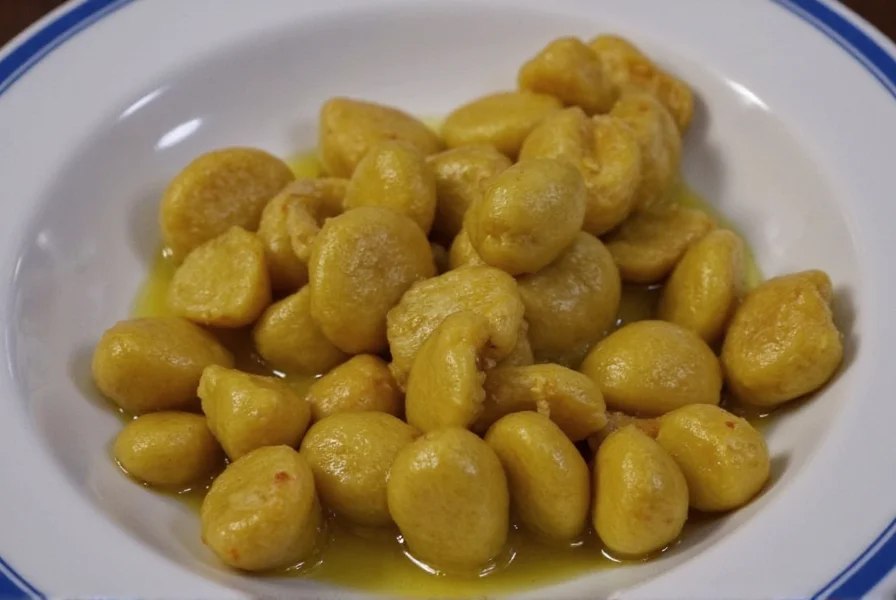
Final Thoughts
Ketcap manis is more than just a condiment — it’s a flavor powerhouse that bridges the gap between sweet, salty, and spicy. Whether you're making traditional Indonesian dishes or experimenting with global flavors, this sticky sauce deserves a permanent spot in your pantry.
So next time you’re at the grocery store or browsing online, grab a bottle (or two) and start playing around in the kitchen. Who knows — your next signature dish might be just one drizzle away.
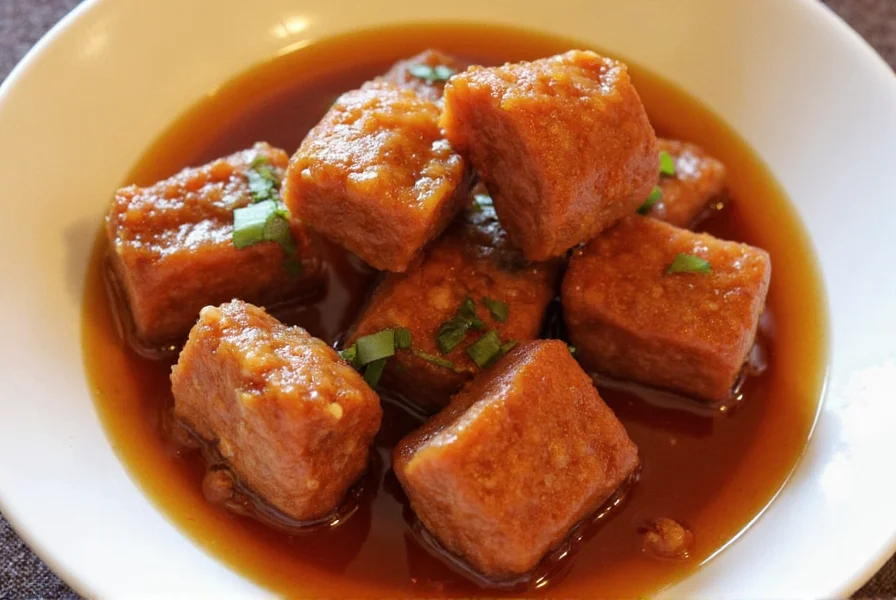

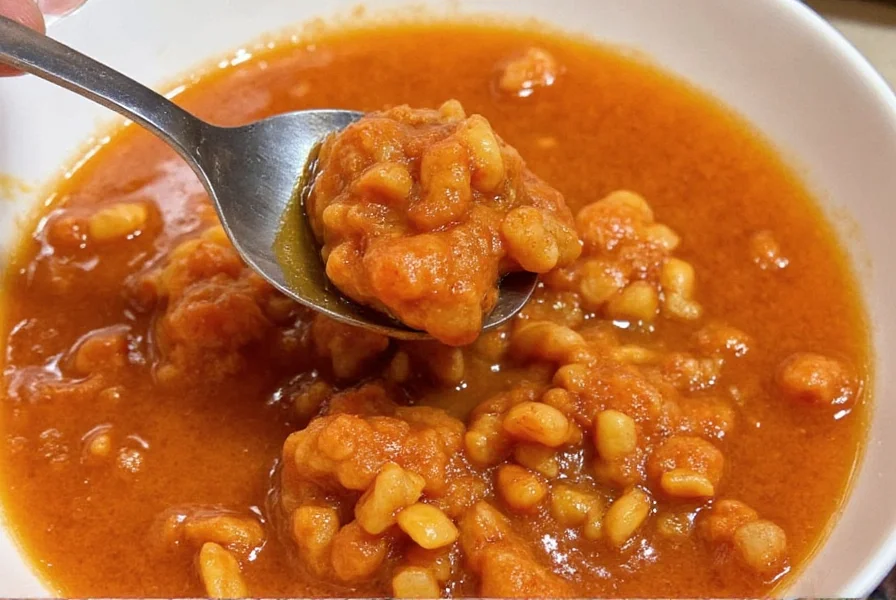









 浙公网安备
33010002000092号
浙公网安备
33010002000092号 浙B2-20120091-4
浙B2-20120091-4